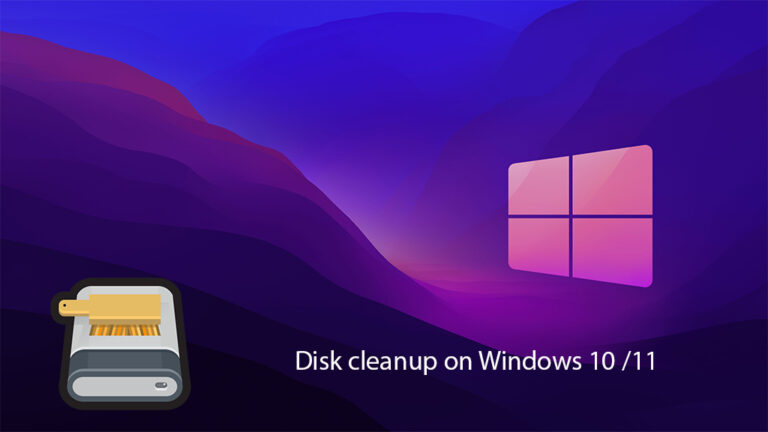Over time, Windows builds up a lot of temporary files — leftover system updates, app caches, browser data, and other junk. These files can slow down your PC and take up valuable disk space. Cleaning them up in Windows 10 and Windows 11 is easy and safe.
In this guide, we’ll cover several simple ways to remove temporary files and free up storage.
Method 1: Delete Temporary Files via Settings
Windows includes a built-in tool for cleaning up temp files:
-
Press Win + I to open Settings.
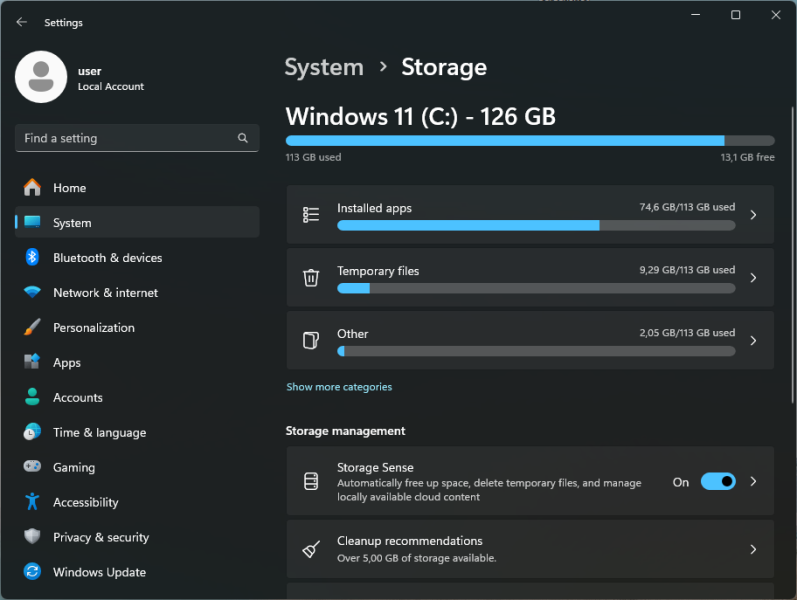
-
Go to System > Storage.
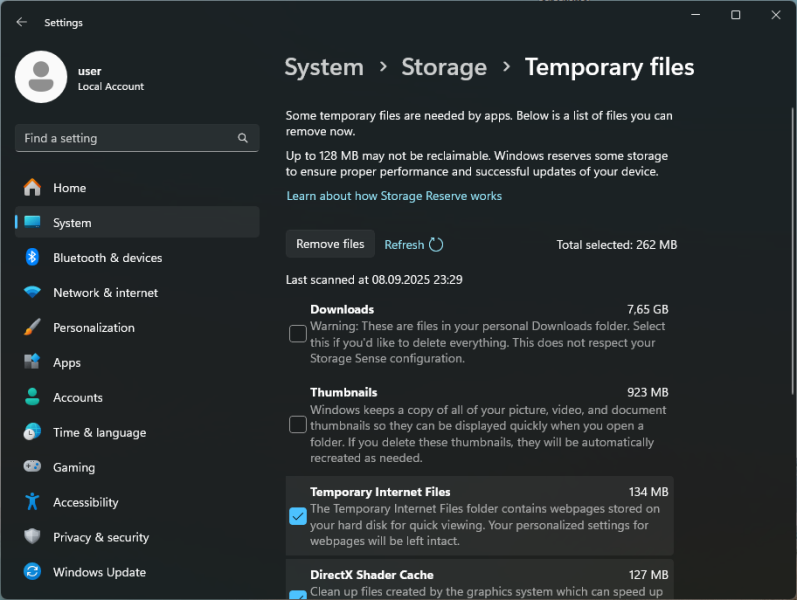
-
Click on Temporary files.
-
Windows will scan your PC and list items you can delete (e.g., Delivery Optimization files, Recycle Bin, Windows Update leftovers).
-
Select what you don’t need and click Remove files.
✅ This method is safe and recommended for most users.
Method 2: Use Disk Cleanup
Disk Cleanup is a classic Windows utility:
1.Press Win + R, type cleanmgr, and hit Enter.
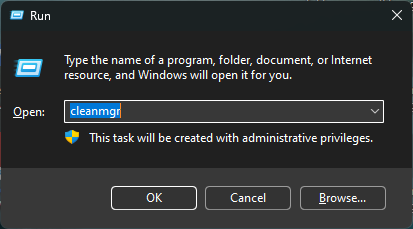
2.Choose the drive (usually C:).
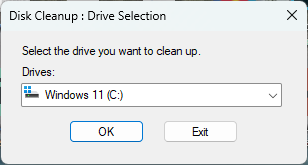
3.The tool will calculate how much space can be freed.
4.Check the boxes for Temporary files, Recycle Bin, and other categories you want to clean.
5.Click OK → Delete Files.
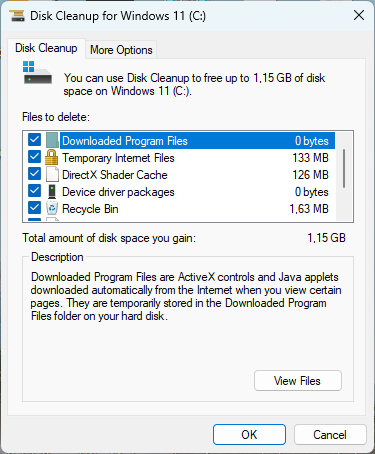
💡 Tip: Click Clean up system files for even more options (like removing old Windows updates).
Method 3: Manually Delete Temp Files
You can also remove temp files yourself:
-
Press Win + R, type
%temp%, and press Enter. -
This opens the Temp folder.
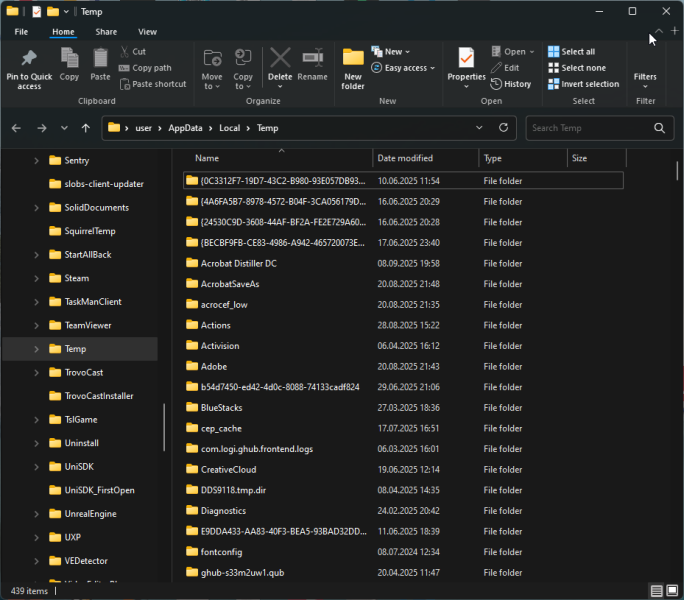
-
Select all files (Ctrl + A) and delete them.
-
Empty the Recycle Bin afterward.
⚠️ Some files may not delete because they’re in use — just skip those.
Method 4: Use Third-Party Tools (Optional)
If you want more automation, popular tools like CCleaner or BleachBit can help clean caches, logs, and browser leftovers. These can sometimes clear things that Windows doesn’t handle.
Just be careful — always download from the official website and avoid deleting items you don’t understand.
Why You Should Clean Temporary Files
-
Free up disk space (especially on SSDs with limited storage).
-
Improve performance by reducing system clutter.
-
Fix minor issues like apps not launching or updates failing.
✅ That’s it — with just a few clicks, you can keep your Windows 10 or 11 system clean, faster, and more responsive.
Explore other helpful tools in our Windows utilities section.

